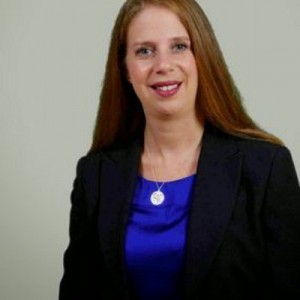
By Lisa Taylor, ChallengeFactory.ca
Special to the Financial Independence Hub
In this week’s federal budget, the Liberal Government will announce that they are returning the eligibility age for OAS back to 65. In recent years, the previous Conservative government had shifted the eligibility age to 67, mirroring moves in many other countries.
Since Prime Minister Trudeau declared this intention, first in the federal campaign and then in this recent Bloomberg News interview, I’ve been asked by many to react.
Most assume that Challenge Factory, with its focus on workforce engagement for people in their 50s, 60s, 70s and beyond would resist this change to lower in effect Canada’s “retirement” age.
Whether the age of eligibility is set at 65 or 67 or 71 is irrelevant if the government doesn’t also take steps to foster the older workers and the intergenerational workforce. Eligibility does not necessarily correlate to when Canadians will choose to leave the workforce and the danger in this new announcement is that the headline remains focused on age 65 as a targeted age for people to make their exit.
We are optimistic that this move marks the beginning of new and beneficial discussions about ageism, aging and the workforce.
New definition needed for the word “retirement”







